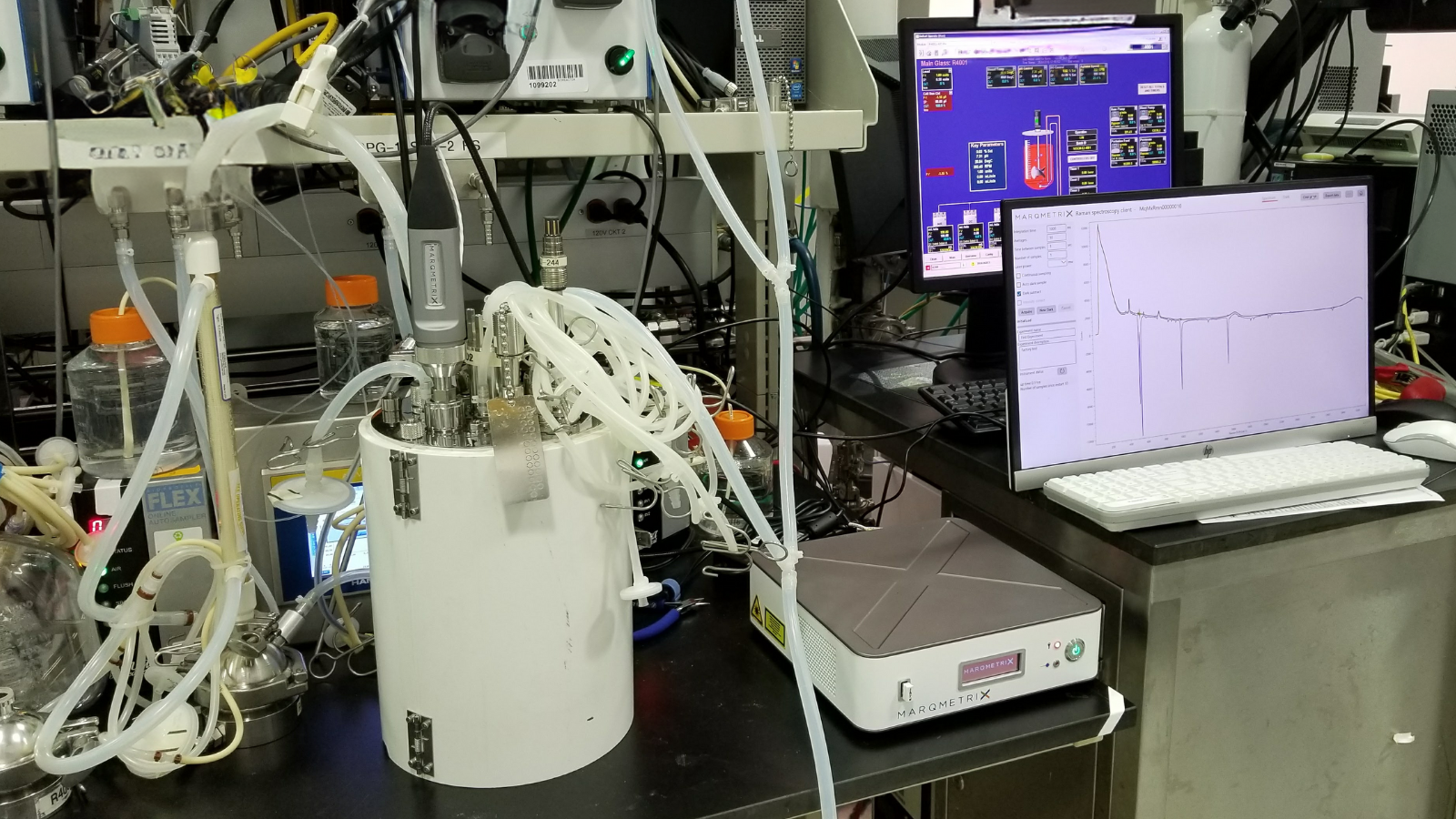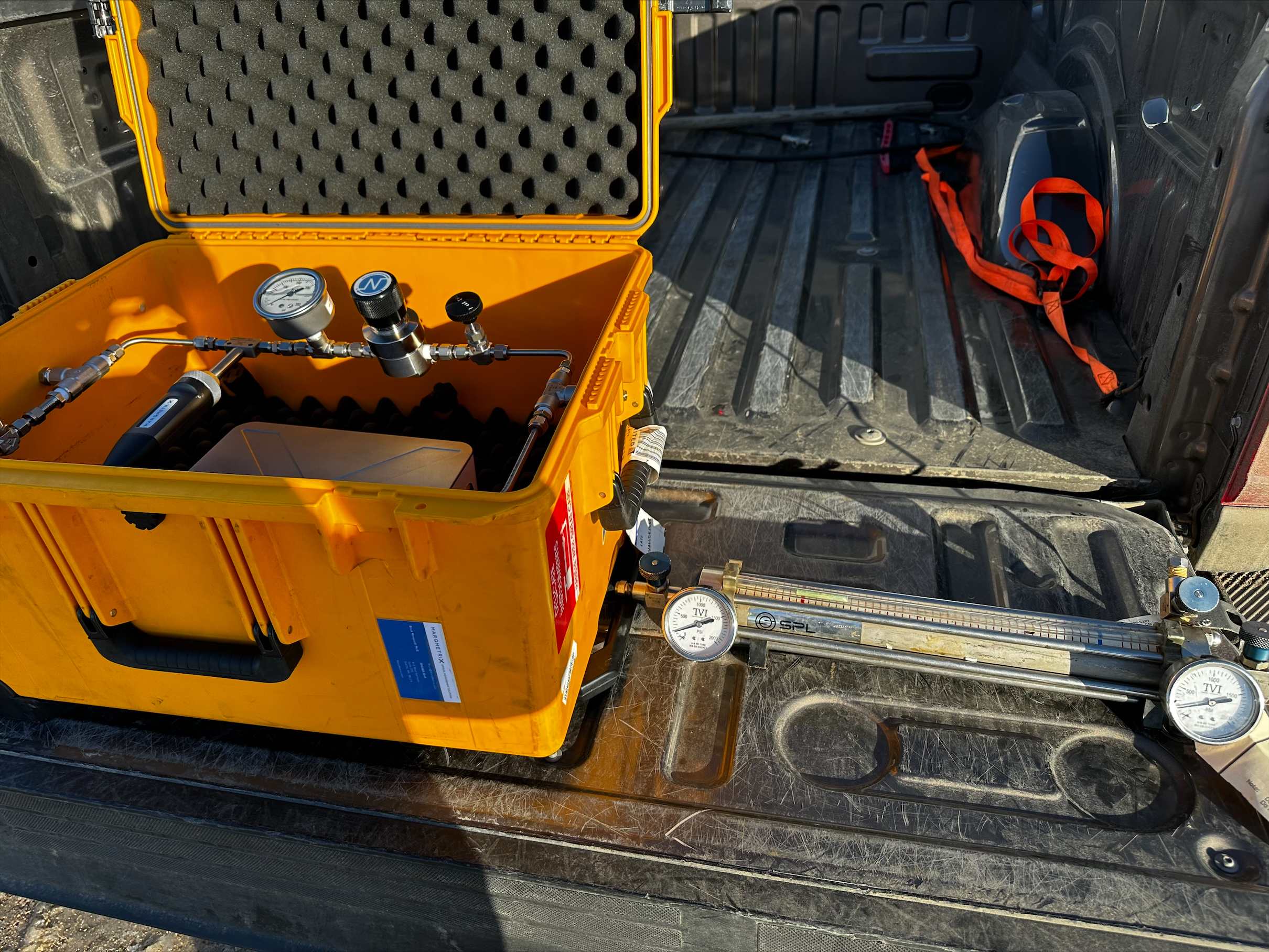Raman spectroscopy has emerged as a valuable tool in various industries, including the cultivated meat industry. Its capabilities for measuring analytes, monitoring processes, and ensuring product quality make it an indispensable technology. In this context, the following questions explore the applications and implementation of Raman spectroscopy in the cultivated meat industry:
What can Raman spectroscopy measure in the cultivated meat manufacturing process?
Raman spectroscopy is a powerful analytical technique that can measure various analytes in cultivated meat production, providing valuable insights for process monitoring and quality control. Specifically, it can accurately analyze key components such as glucose, lactate, and amino acids, and more.
How is Raman used in bioreactors?
Raman spectroscopy provides insights into the chemical composition and concentration of analytes within the bioreactor, including nutrients, metabolites, and product formation. It enables researchers and operators to monitor key components such as glucose, lactate, amino acids, and other relevant molecules in real time. This information helps in optimizing culture conditions, ensuring optimal nutrient supply, and maintaining desired metabolic activities.
Furthermore, Raman spectroscopy allows for the detection and identification of impurities, contaminants, and byproducts that may impact the quality of the cultivated meat. This early detection capability enables timely interventions and adjustments, reducing the risk of suboptimal product outcomes.
How can Raman spectroscopy be implemented for online monitoring in bioreactors?
Implementing Raman spectroscopy for online monitoring in bioreactors involves the use of specially designed probes. MarqMetrix offers probes like the BioReactor Probe, which has industry standard connections and is capable of withstanding high temperatures and steam exposure typically encountered in bioreactor environments. This probe is also available as a single-use instrument. These probes can be seamlessly integrated into the bioreactor system, allowing real-time measurements of crucial analytes.
Additionally, MarqMetrix offers the Proximal BallProbe, which enables measurements through the walls of glass or plastic vessels. This feature provides convenience and flexibility in monitoring samples without the need for invasive sampling techniques.
Does the use of lasers in Raman spectroscopy for bioreactor analysis pose any risks or damage to the cultivated cell culture?
The non-invasive nature of Raman spectroscopy makes it a valuable tool for bioreactor analysis. It enables continuous monitoring without disrupting the culture, minimizing the need for time-consuming and labor-intensive sampling procedures. The real-time data provided by Raman spectroscopy allows for prompt decision-making and adjustments during the bioprocess, optimizing productivity and product quality.
Can the MarqMetrix All-In-One be used for cell culture media monitoring?
By utilizing Raman spectroscopy, the All-In-One system can accurately measure and track critical analytes such as glucose, lactate, amino acids, and other relevant molecules in the cell culture media. This allows for comprehensive monitoring of key components necessary for maintaining optimal cell growth and productivity. The All-In-One system offers the advantage of being an integrated solution, combining the necessary hardware, software, and probes for efficient and seamless monitoring. It provides reliable and accurate data, enabling researchers and operators to make informed decisions and adjustments during the cell culture process.
Read how one our customers is using the MarqMetrix All-In-One to measure metabolite concentration in real-time for cultivated meat here.




